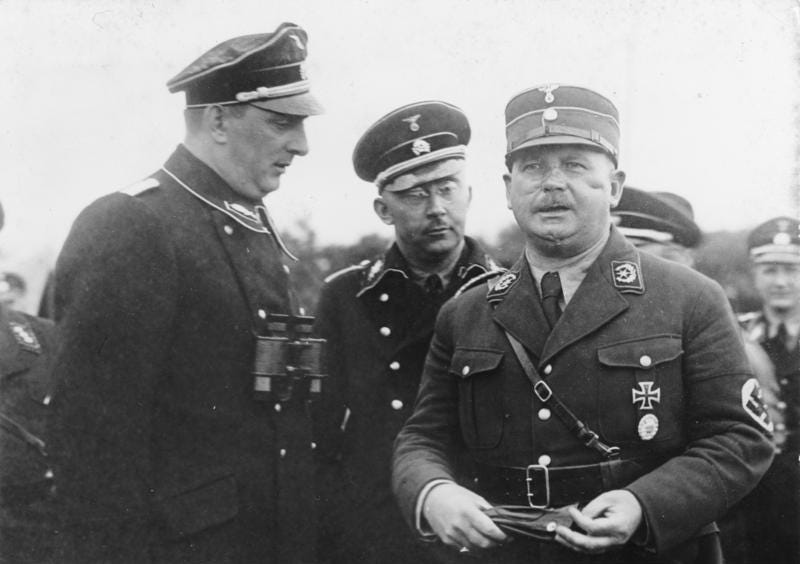German folklore of the 13th century is not a pleasant read — unless you enjoy tales of murder, revenge, and deceit in which everyone involved dies tragically — and the Nibelungenlied is no exception.
The story features Siegfried, whose victory over a dragon gives him Achilles-like invincibility, a magic cloak, and the ability to play deceitful matchmaker between King Gunther and the warrior-woman he has a crush on, Brünhild.
Brünhild is not exactly appreciative of having been tricked into marrying Gunther, and she complains about it to her new husband’s vassal, Hagen. Hagen takes matters into his own hands and murders Siegfried while on a hunting trip, striking a small vulnerable spot on his back (the German version of an Achilles’ heel).
This, of course, angers Siegfried’s wife, Kriemhild, who eventually marries Attila the Hun, invites her brother (Gunther) and Hagen to her new court under false pretenses, and massacres them and their entire court, eventually dying in the process.
It’s a gruesome story, but it’s one that Germans in the 20th century knew quite well — perhaps because of the renewed interest in German folklore during the Romantic era (the age of the Brothers Grimm and Andrew Lang) and the popularity of Richard Wagner’s famous operatic cycle, Der Ring des Nibelungen (which borrowed elements and characters from the original 13th century manuscript).
In fact, Germans were so familiar with the story that when the night of June 30, 1934, turned a bit bloody, they invoked the legend of betrayal and nicknamed it “The Night of Long Knives.”
It had been nearly 18 months since Adolf Hitler had been named Chancellor of Germany, and he was eager to capitalize on his party’s sudden rise to power. But Hitler had a problem.
Up until it became a popular party, the Nazis had engaged in a bit of brute force via a street gang, the Sturmabteilung (or Storm Division). The gang members wore brown shirts and ties (hence their nickname “the Brownshirts”), and served as security for Nazi rallies and a gang force for the street war over German politics. But by 1934, their leader, Ernst Röhm, was ready to become more than just a gang boss.
If Hitler was going to be chancellor of Germany, Röhm saw no reason why he shouldn’t be in charge of the military. In that role he envisioned leading a “second revolution” complete with forced wealth redistribution and a restructured, egalitarian society. Hermann Göring, Heinrich Himmler, and the Germany Army weren’t so sure about that plan.
To appease them, Hitler turned on Röhm and had him and his fellow Sturmabteilung leaders assassinated on the night of June 30, 1934. The German people were told that the Sturmabteilung had been murdered to prevent an imminent coup (and the civil war that would certainly have resulted), and for the most part, they didn’t mind the turn of events. After all, the gang hadn’t been incredibly popular.
But it also sent a clear message to those in Nazi leadership that undying and unquestioning loyalty would be required for survival.
The timing could not have been better.
Hardly a month later, German President Paul von Hindenburg died and Hitler’s cabinet voted to merge the presidency and chancellorship and to give that new job to Hitler.



